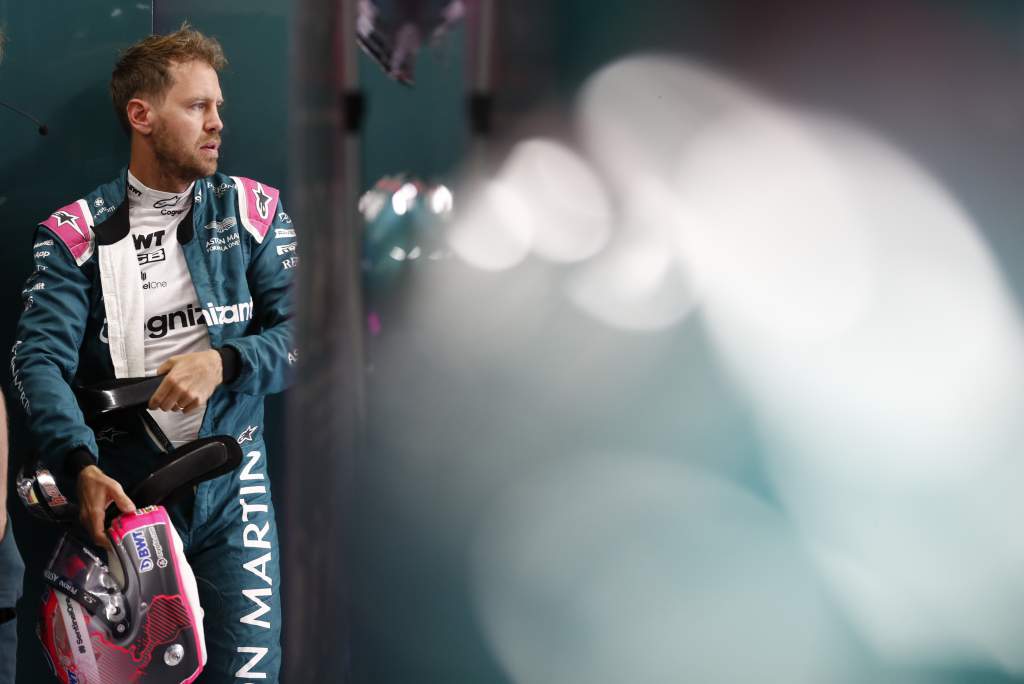Up Next

But for the ambitions of Lawrence Stroll – for his team and the Aston Martin brand – Sebastian Vettel’s Formula 1 career might have come to a calamitous close after that very troubled final season at Ferrari last year.
His stock was low: the series of errors in the previous two seasons, his lack of pace relative to team-mate Charles Leclerc for much of 2020 and the fact Ferrari was letting him go without even opening negotiations.
It was difficult to see where there might be an opening, regardless of his four world titles. He certainly wasn’t about to walk straight into another top team.
Aston Martin was a timely lifeline, a team on the up with ample backing, which he might be able to help become a top team.
He was recruited for his name and status and the boost it gives Aston Martin’s credibility as a major player and sponsor magnet. That’s what the outside world sees by Aston Martin’s recruitment of a four-time world champion. It’s all about perception.
Never mind that he was scratching to get a drive and his reputation was damaged in his last season at Ferrari; that was just hardcore F1 stuff outside of the general perception.
But all that notwithstanding, there were many reasons why those inside the team, operating it and directing it, could very much get behind his signing quite aside from the fact he’s a great guy and very easy to like.
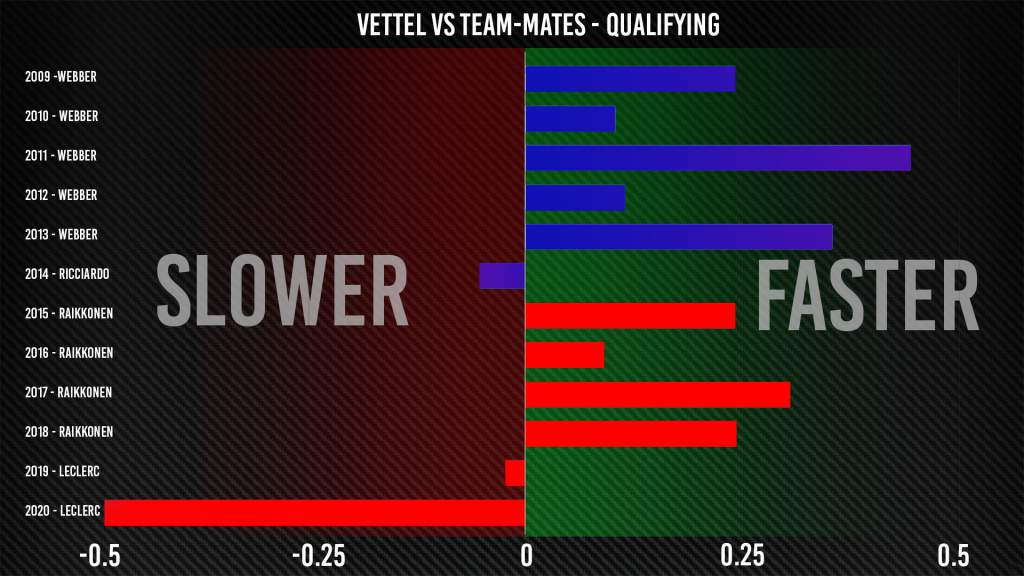
In Vettel’s long F1 career, it was the disastrous 2020 season which stood out as the anomaly – as is clear from the chart above showing his pace relative to his team-mates.
Take that out of the equation and this was still one of the most successful drivers of all time, someone who knows how to win, who understands all the components which make a winning combination.
There was surely much to be learned from Seb as the team sought to transition from its traditional small underdog role to that of major player, to the sort of team Vettel had driven for almost his whole career. He also had a well-deserved reputation for an intense work ethic and a strong technical understanding, both of which might rub off on the boss’s son Lance, a driver with some talent but a somewhat passive attitude.
So there was a lot to get behind even if it did mean a reluctant parting with long-time partner Sergio Perez to make way. Besides in that anomalous 2020 season there must surely have been something specific about that Ferrari that caused Vettel’s speed to dissolve so spectacularly.
With the reset of a different car and team, Aston Martin would surely see something more like vintage Seb. Wouldn’t it?
Well, at the halfway point of the season, what can we say? What sort of driver has Aston Martin found and how has he performed? Like a rejuvenated multiple champion or a washed-up has-been just eking out his pay days?
Firstly, the off-track dimensions have absolutely translated. Predictably, he’s proven highly popular there and his meticulous way of working has been a big hit.
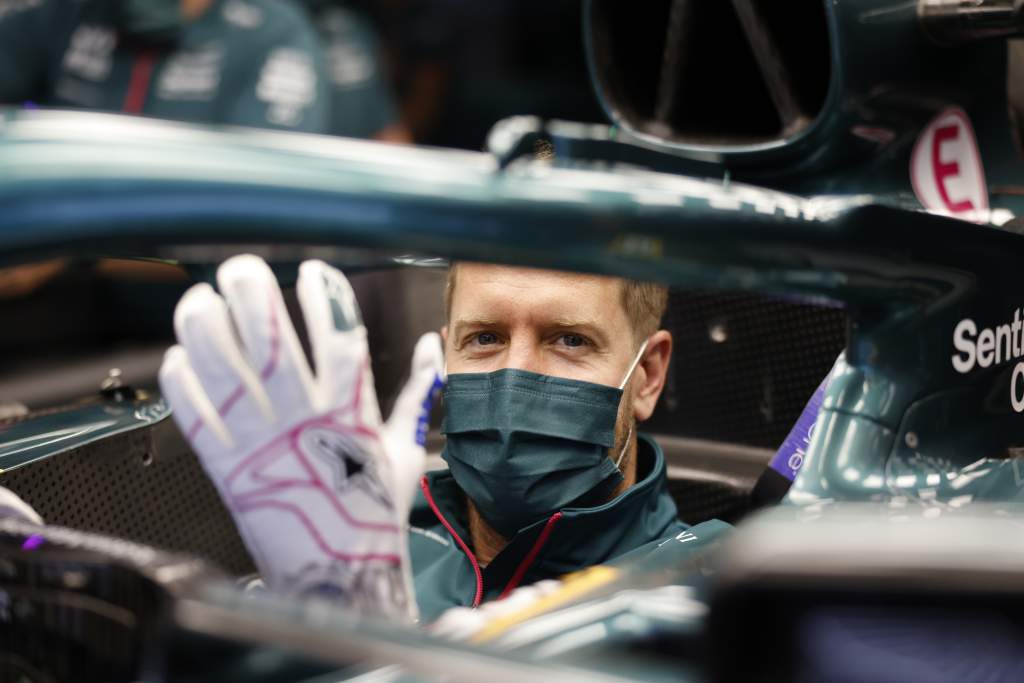
He’s not the type of dominating character who leads through sheer strength of personality. This hasn’t become ‘his’ team. Rather, he has happily fitted into the existing structure and put in the groundwork and effort but been his usual curious self, constantly asking questions of the team, pushing for ever-greater understanding of the limitations.
Even though the ’21 Aston Martin is less competitive than the 2020 ‘pink Mercedes’, little more than a marginal lower Q3 qualifier, Vettel is not here as a career midfield driver, satisfied in just putting the car where it deserves to be. This is the foundation for greater things. The intense ambition remains.
“I’m obviously not happy with how last year went,” he said pre-season. “Particularly my own performance. As I was living through it I was thinking about it a lot… but I’m very much at peace with last year now. It wasn’t to my standards and I mostly hold that to myself.”
More recently, he’s reiterated how he remains committed to fighting once more at the front, for victories: “Because I still want to prove to myself that I can do what I want to do, what I used to do and in a way that I am happy with.”
That ambition is always what has been behind his proactive approach to the job, that and a nerd-like fascination for detailed understanding. That approach and attitude remain undiminished.
This is why the team’s Otmar Szafnauer described him thus: “An engineer on the team described Sebastian to me as having a performance engineer behind the wheel.
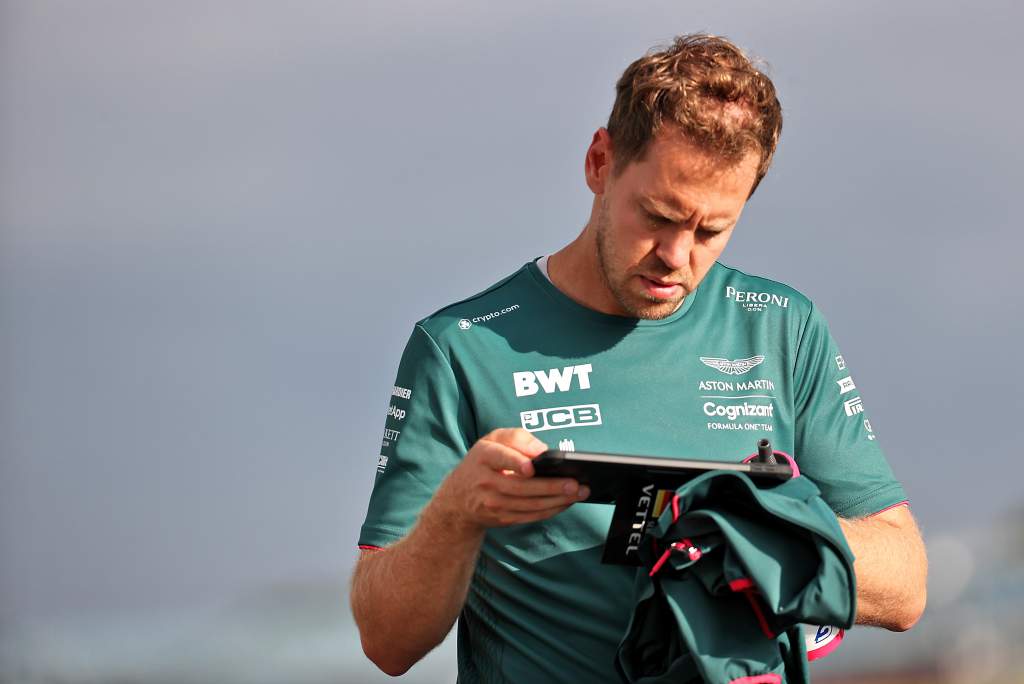
“He wants to know as much if not more than the performance engineer that you have working on the car whose job it is to understand every little aspect of car performance. Seb wants to know that much plus more.
“That’s a good trait to have, he has that and carried that to our team.
“We see that and he is really hungry to have fun again in Formula 1. But fun to him means being competitive.”
He certainly doesn’t give the impression of a driver just riding the gentle slope of career decline for as long as possible. But how has that attitude translated in the car?
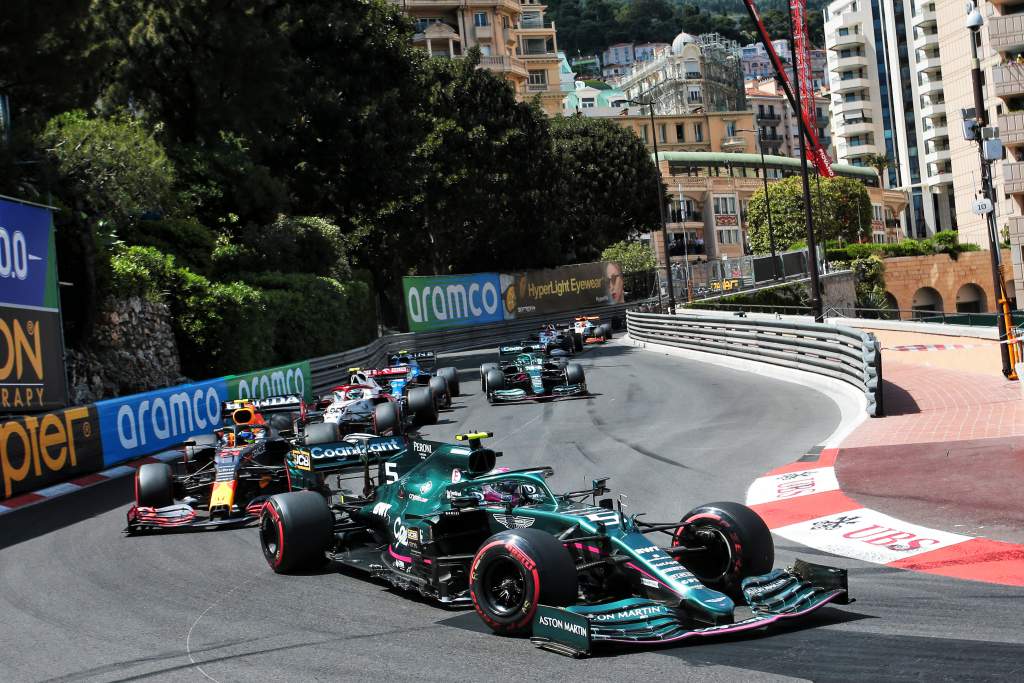
We have seen three solid gold performances from 11 races, maybe not as great an average as he may have hoped, but factor in the very real difficulties all those who have switched teams have experienced in playing themselves in and it’s not disastrous. Plus, the highs have been very high.
His average qualifying pace over those 11 races – where fair comparison has been possible – is almost identical to Stroll’s, but the trend is towards Vettel who has been the quicker qualifier for the last three consecutive races.
More convincingly, he lies 12th in the championship on 30 points, to Stroll’s 14th on 18. His tally would be 48 points if he’d kept his second place in Hungary, which the disqualification for being unable to provide a 1-litre fuel sample cost. Which would put him 10th, just behind Pierre Gasly.
There have been a couple of unfortunate reminders of Seb’s scrappy latter-day Ferrari performances: the clumsy collision with Esteban Ocon in Bahrain for the opening round and his first lap spin at Silverstone when dicing with Fernando Alonso.
But on the other hand, we have Monaco, Baku and Hungary to look at, three vintage performances where he absolutely looked like a world champion calibre of driver.
Twice he’s put what is not really a podium-calibre car on the podium, both times through pouncing upon unusual opportunities with the smarts of an old-hand.
He still has the ability to produce the big laps on demand during a race too, this absolutely crucial in his fifth place at Monaco where he overcut ahead of Lewis Hamilton and Gasly.
His aggressive fresh-tyre passes on Charles Leclerc and Gasly on the first Baku restart were beautifully executed and a major part of his second place there.
In Hungary his undercut attempt on Ocon’s lead only failed because of a 1s delay from the left-rear wheel at the stop. Even with that, he almost got ahead – courtesy of a superbly fast out-lap.
He hadn’t realised how close he came to victory in Baku as the only car ahead of him at the end – Perez’s Red Bull – was on the verge of hydraulics failure.
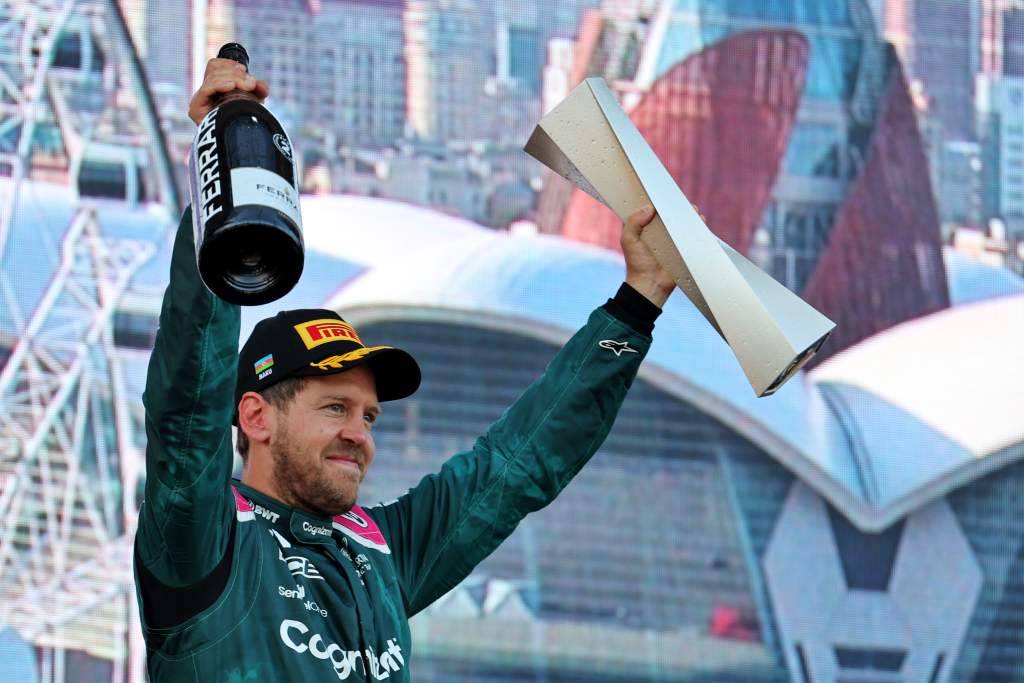
If it had happened like that, and without the delay at his Hungary pitstop, we could have been looking at two Vettel victories in a mid-grid Aston Martin. From chaotic circumstances, sure. But capitalised upon in the way the team might have hoped a world champion would do.
Has he brought more than the team already had in Perez? Yes, probably. Definitely so in terms of the team’s profile but inside it he’s a more proactive presence, pushing it harder and in different directions.
Is he any quicker? On his best days, yes but not yet on a consistent average over the season. But there are signs that it may be coming.
Is he at the level of Hamilton, Verstappen, Leclerc? No. Not relentlessly so. But is he operating at a higher level than in his last Ferrari season? Absolutely, yes.
Can we discount the possibility that he and Aston Martin will be fighting for victories on merit into F1’s new era? Absolutely not.


